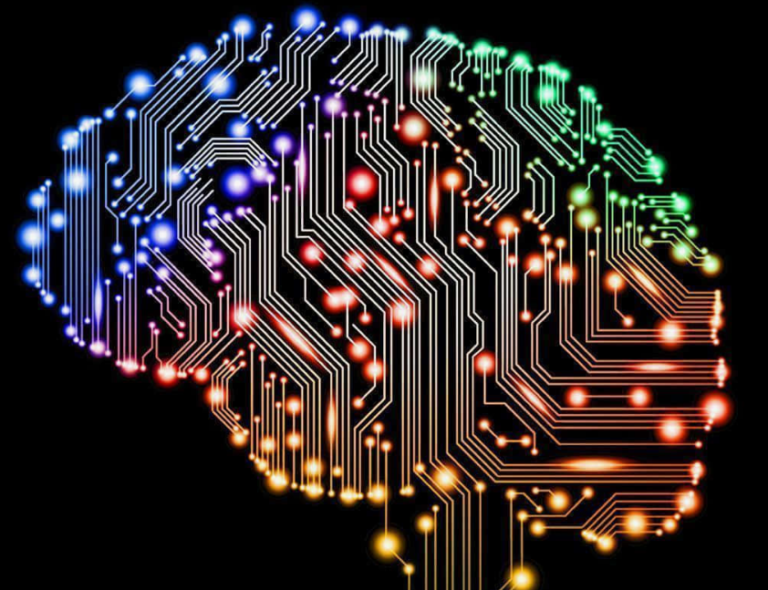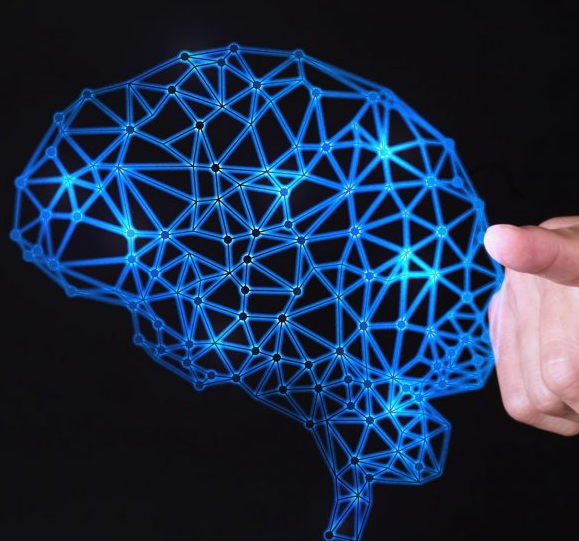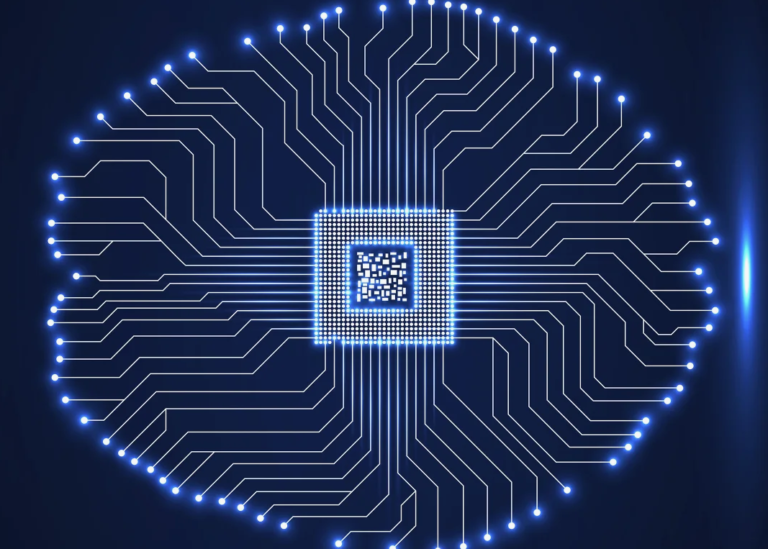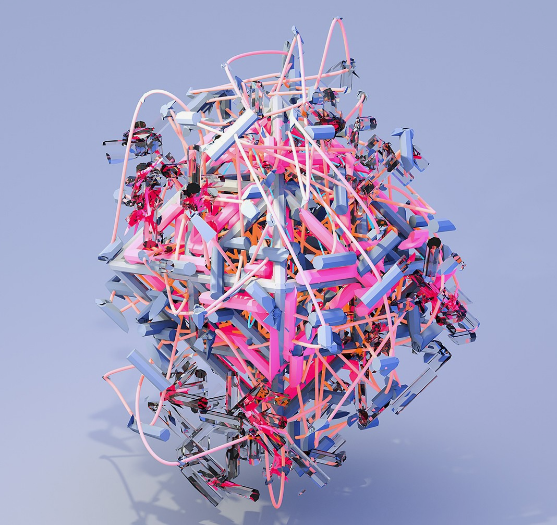Use AI to Create 3D Models
You can create 3D models using AI technology such as 3DFY.ai for efficient and accurate results. AI utilizes artificial intelligence to generate detailed 3D models seamlessly. By leveraging AI technology like 3DFY. ai, you can streamline the process of creating 3D models with precision and ease, revolutionizing the way designers and developers bring their visions to life. With the ability to generate high-quality 3D models using AI, you can enhance productivity, reduce manual labor, and achieve outstanding results in less time.
AI-powered tools like 3DFY. AI offers a range of pricing plans and features to cater to various needs and requirements, making it a versatile solution for businesses and individuals alike. Explore the capabilities of AI in 3D modeling and unlock new possibilities for your projects with innovative tools like 3DFY. aI.
Use AI to Create 3D Models

Benefits of AI In 3d Modeling
Using AI to create 3D models offers various advantages in the field of 3D modeling. This blog post explores the benefits of AI in 3D modeling, focusing on increased efficiency, enhanced accuracy, and cost reduction.
Increased Efficiency- Use AI to Create 3D Models
AI in 3D modeling leads to a significant boost in productivity and time savings. By automating certain tasks, AI algorithms can expedite the modeling process, allowing designers to work more efficiently. Additionally, AI-powered tools can handle complex calculations swiftly, streamlining the overall workflow.
Enhanced Accuracy- Use AI to Create 3D Models
One of the key benefits of incorporating AI in 3D modeling is the enhanced precision it offers. AI algorithms can analyze data with high accuracy, resulting in more precise and detailed 3D models. This improved accuracy reduces errors and ensures that the final models meet the desired specifications with greater fidelity.
Cost Reduction- Use AI to Create 3D Models
Utilizing AI for 3D modeling can lead to cost savings in various aspects of the design process. AI tools can optimize resource allocation, reduce manual labor requirements, and minimize rework, all of which contribute to lowering overall project costs. Moreover, the increased efficiency and accuracy provided by AI can result in faster project completion, further reducing expenses.
Challenges and Limitations
Introduction paragraph about using AI to Create 3D Models and Challenges and Limitations…
Complexity of Training Data
Creating 3D models using AI technology offers numerous advantages, but it also comes with its fair share of challenges and limitations. One of the main challenges is the complexity of the training data required. AI algorithms need a vast amount of data to learn from to accurately generate 3D models. This data includes various types of designs, textures, and structures that need to be fed into the system. The more diverse and detailed the training data, the better the AI model can perform. However, obtaining and curating such complex training data can be a time-consuming and resource-intensive process.
Interpretation of Designs
Another limitation when using AI to create 3D models is the interpretation of designs. While AI algorithms can learn from patterns and existing models, they may struggle with understanding the underlying design intent. Designers often have specific creative visions and intentions for their models, which may not be easily translated into algorithms. AI models may generate accurate 3D models, but they may lack the artistic touch and creative nuances that human designers bring. Therefore, it is essential to strike a balance between AI-generated models and human creativity to achieve the desired aesthetic and functionality.
Quality Control
Ensuring quality control is another significant challenge when using AI for 3D model generation. While AI algorithms have the potential to automate the process and save time, they may also introduce errors or inconsistencies in the models. It is crucial to have robust quality control mechanisms in place to validate the generated models against design specifications and standards. Manual inspection and adjustments may still be necessary to ensure the accuracy and quality of the final output.
AI Techniques For 3d Modeling
Creating 3D models using AI techniques revolutionizes the way digital assets are generated. In this blog post, we delve into the realm of AI techniques for 3D modeling, exploring how cutting-edge technologies like Generative Adversarial Networks (GANs), Reinforcement Learning, and Convolutional Neural Networks (CNNs) are reshaping the creative process.
Generative Adversarial Networks (gans)
Generative Adversarial Networks (GANs) are a powerful AI technique that pits two neural networks against each other to generate new, realistic data. In the context of 3D modeling, GANs can be utilized to create intricate and lifelike models by learning from existing data and generating novel designs. This approach enables the generation of diverse and complex 3D structures that mimic real-world objects with remarkable accuracy.

Reinforcement Learning
Reinforcement Learning is another AI technique that focuses on training agents to make sequential decisions in an environment to achieve a specific goal. When applied to 3D modeling, reinforcement learning algorithms can optimize the design process by iteratively refining models based on feedback signals. By leveraging rewards and penalties, these algorithms can learn to generate high-quality 3D models that meet desired specifications.
Convolutional Neural Networks (CNN)
Convolutional Neural Networks (CNNs) are a class of deep neural networks particularly well-suited for image processing tasks. In the realm of 3D modeling, CNNs play a crucial role in extracting features from volumetric data representations and enhancing model accuracy. By utilizing convolutional layers to analyze spatial relationships within 3D structures, CNNs can detect patterns and generate detailed models with impressive precision.
Applications of AI In 3d Modeling
The utilization of AI in the creation of 3D models has revolutionized various industries. This blog post delves into the diverse applications of AI in 3D modeling, focusing on architecture and construction, gaming and entertainment, as well as medical imaging.
Architecture and Construction
AI has significantly impacted the architecture and construction industry by enhancing the design and construction processes. It enables the automated generation of complex 3D models, facilitating efficient visualization of architectural designs. Additionally, AI improves project management by analyzing data to optimize construction schedules and resource allocation.
Gaming and Entertainment
In the realm of gaming and entertainment, AI has revolutionized the development of 3D models for characters, environments, and props. AI algorithms contribute to the creation of realistic and immersive virtual worlds, enhancing the overall gaming experience. Furthermore, AI enables streamlined character animation and modeling processes, leading to the creation of visually stunning game content.
Medical Imaging
AI has significantly impacted medical imaging by advancing the creation of 3D models for diagnostic purposes. It enables the generation of detailed 3D models from medical scans, aiding in accurate diagnosis and treatment planning. Moreover, AI facilitates the development of patient-specific 3D anatomical models, which are invaluable for surgical simulations and medical education.
Future Trends
AI algorithms have made significant strides in recent years, revolutionizing the way 3D models are created. These algorithms use machine learning techniques to analyze vast amounts of data and generate highly accurate and detailed 3D models. By leveraging deep learning, neural networks, and other AI technologies, these algorithms can understand complex patterns and textures, resulting in realistic and lifelike models.
Integration With Virtual Reality (VR)
The integration of AI-generated 3D models with virtual reality (VR) technology has brought about a whole new level of immersive experiences. With AI algorithms creating highly detailed and realistic 3D models, VR applications can transport users to virtual worlds that are indistinguishable from reality. This integration allows for interactive and engaging experiences, whether it’s exploring virtual environments, designing virtual products, or playing realistic VR games.
Industry Adoption
The adoption of AI-generated 3D models is rapidly growing across various industries. In the gaming industry, AI algorithms are used to create realistic characters, environments, and objects, enhancing the overall gaming experience. Architects and designers are using AI-generated 3D models to visualize and present their designs, allowing clients to experience spaces before they are built. Additionally, AI-generated 3D models are being used in product design and manufacturing, enabling companies to prototype and test their products more efficiently. The healthcare industry is also leveraging AI-generated 3D models for medical imaging and surgical planning, improving patient outcomes.
Ethical Considerations
Artificial intelligence has revolutionized the creation of 3D models, but it also raises ethical considerations that need to be addressed. This blog post will delve into the ownership of AI-generated models, data privacy concerns, and their impact on human employment.
Ownership of AI-generated Models
When it comes to AI-generated models, the issue of ownership becomes a complex matter. AI-generated models may blur the lines of intellectual property, as they are created by algorithms rather than human designers. This raises questions about who holds the rights to these models and how they should be protected. Furthermore, establishing legal frameworks to govern the ownership of AI-generated models is a crucial step in addressing this ethical concern.
Data Privacy Concerns
With the use of AI to create 3D models, data privacy has become a major concern. The process of generating 3D models often involves collecting and analyzing vast amounts of data, which may include sensitive information. Ensuring the security and confidentiality of this data is essential to prevent any misuse or unauthorized access. Additionally, adhering to stringent data protection regulations is imperative to mitigate the risks associated with data privacy concerns in AI-generated 3D modeling.
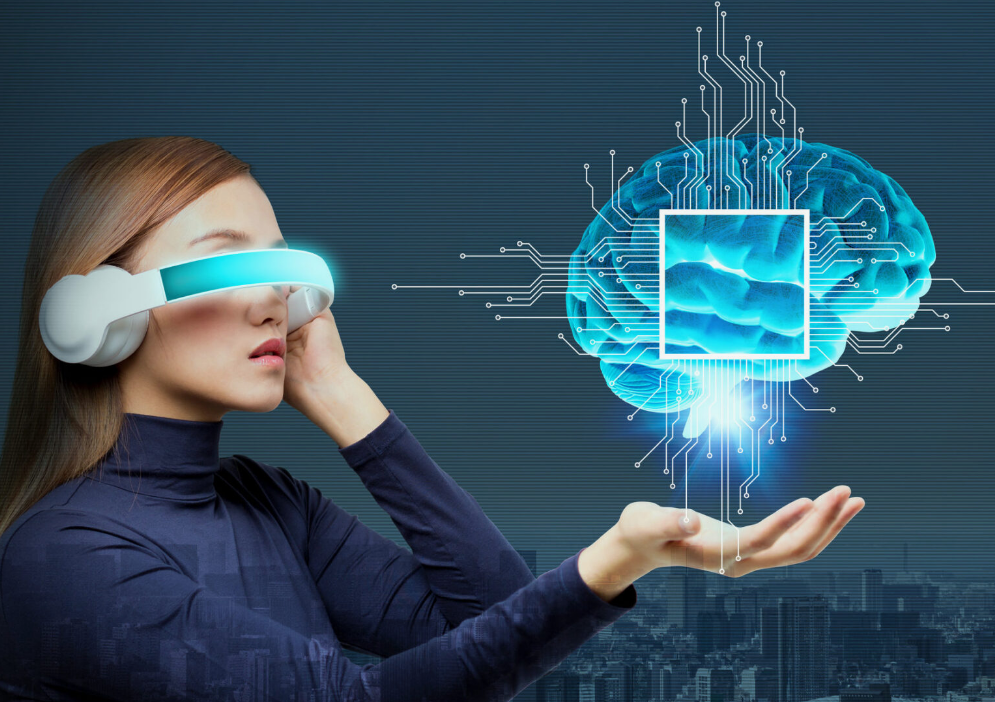
Impact on Human Employment
The integration of AI in 3D modeling has the potential to transform the landscape of human employment in this industry. While AI streamlines the modeling process, it also raises concerns about the displacement of human workers. As AI technology continues to advance, it is crucial to anticipate and address the potential impact on the workforce. Implementing strategies such as upskilling and reskilling programs can help mitigate the potential negative effects on human employment in the 3D modeling sector.
Conclusion
Creating 3D models has never been easier than it is today with the help of AI technology. Meshy, 3DFY. ai, and Sloyd are just a few examples of AI-powered tools that can assist in generating 3D models efficiently and accurately. By using these tools, businesses and individuals can streamline their workflow and save time and money. Whether you’re a game developer, architect, or designer, incorporating AI technology can enhance your creative process and bring your visions to life.


